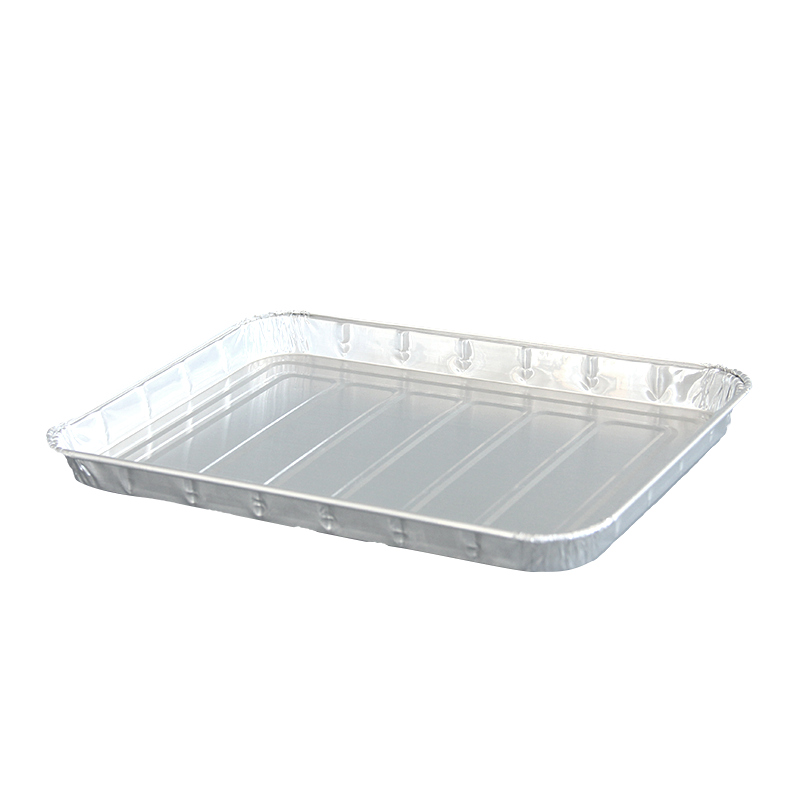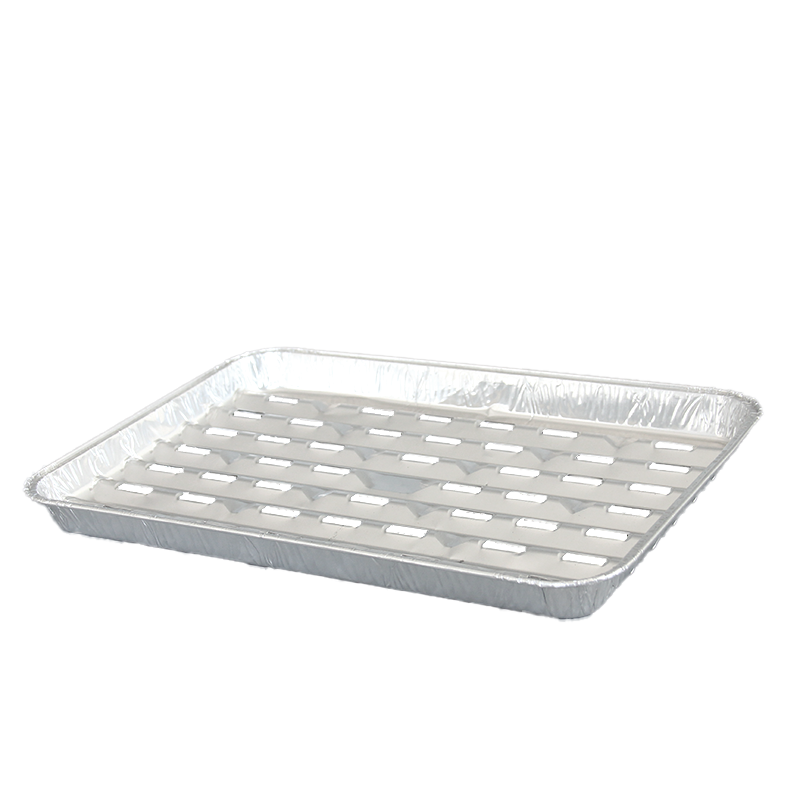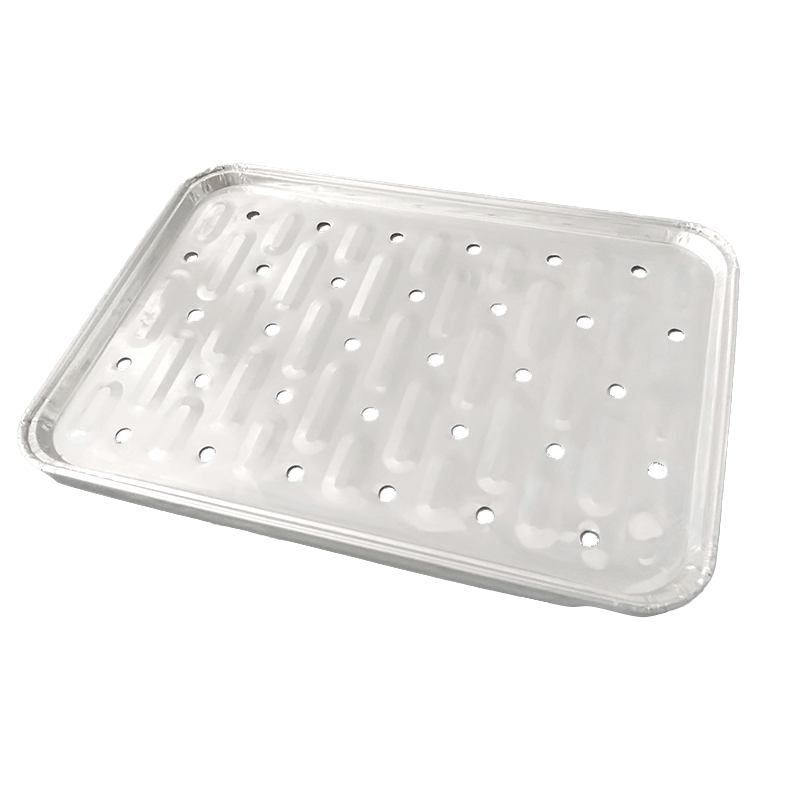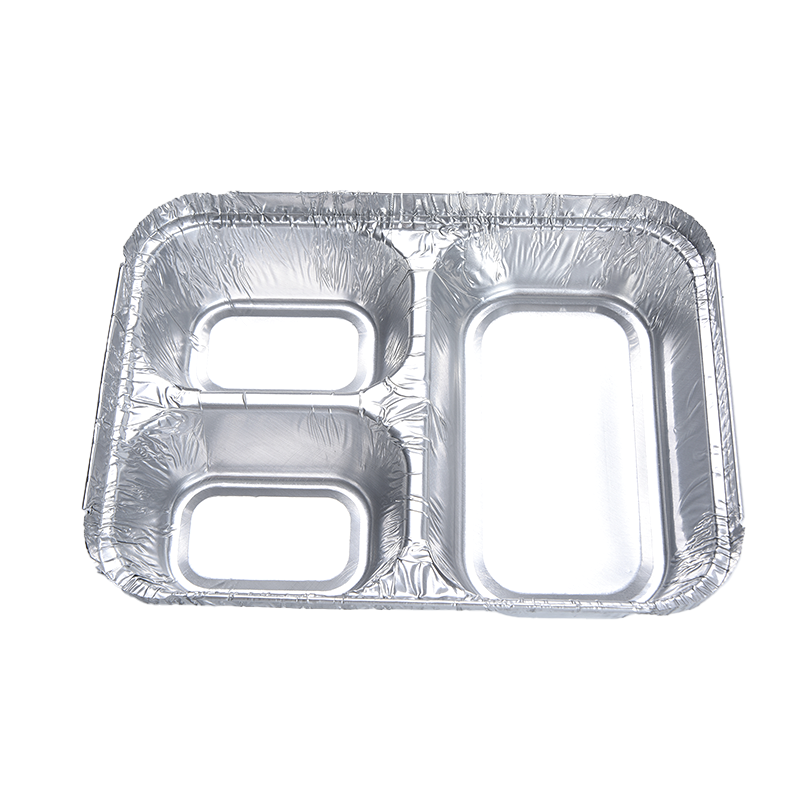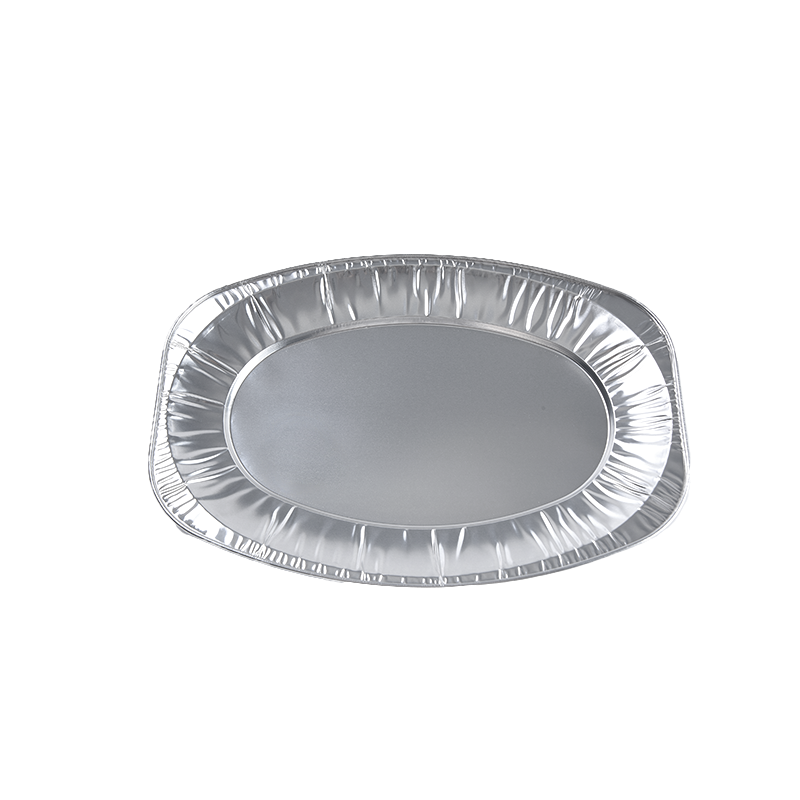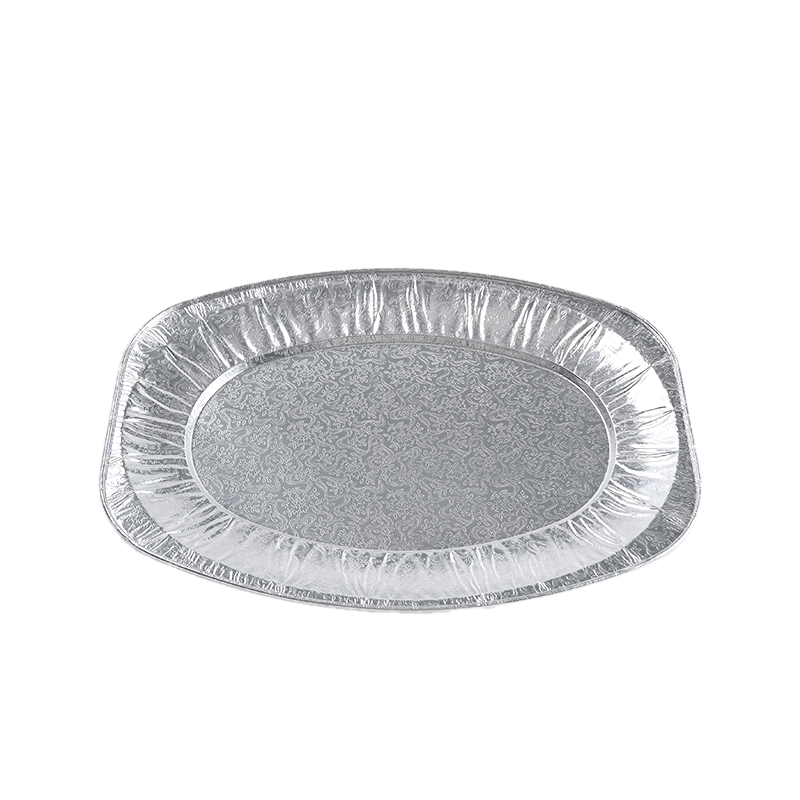Say goodbye to plastic pollution! How to promote environmentally friendly catering by aluminum foil tableware?
Industry News-The global plastic pollution problem is becoming increasingly serious. Data shows that the annual plastic production has soared from 2 million tons in 1950 to 400 million tons today, of which disposable plastic tableware is one of the main sources of pollution. Faced with this challenge, countries have introduced plastic ban policies to promote the application of recyclable alternative materials. Against this background, aluminum foil tableware has become one of the core solutions for green transformation of the catering industry due to its 100% recycling, high temperature resistance, safety and hygiene.
1. Environmental advantages of aluminum foil tableware: the full life cycle sustainability from production to recycling
Recyclable: Achieve "zero waste" closed loop
The recycling and regeneration performance of aluminum foil far exceeds that of plastics. Data shows that aluminum can be recycled for more than 25 times, and the energy consumption is only 5% of the primary aluminum production. Its waste recycling rate reaches 100%, of which 87.07% is remelted and remelted, and 12.93% is sold and reused. Oil-containing filtered soil and other auxiliary materials can also be separated and rolled oil through distillation technology to achieve resource utilization. In contrast, traditional plastic lunch boxes take hundreds of years to degrade, and the recovery rate is less than 10%. The closed-loop model of aluminum foil significantly reduces resource waste and landfill pressure.
Low carbon energy saving: continuous optimization of production technology
Aluminum foil production significantly reduces carbon emissions through process improvements. For example, when producing aluminum foil tableware, energy saving and improvement of rolling strip breaking rate, the power consumption of a single ton of aluminum foil production is reduced, and natural gas is used to replace part of the energy, reducing CO₂ emissions. Life cycle evaluation shows that the carbon emissions of 1 ton of aluminum foil are 1.201 tons in the whole cycle, far lower than those of plastics (about 3 tons). In addition, the lightweight properties of aluminum foil (thickness is only 0.08mm) further reduce transportation energy consumption.
No pollution risk: Eliminate microplastics and toxic substances
Aluminum foil tableware performs excellently in high temperature environments:
Tolerates temperature ranges of -40°C to 430°C
No risk of plasticizer migration, medical-grade lunch boxes with gamma sterilization certification are less than 10CFU/g
Plastic tableware can pose a variety of health threats under high temperatures:
PVC material releases plasticizer at >60°C
PS (Plastic No. 6) releases carcinogen styrene above 70°C
Even with relatively safe PP materials, monomers may be dissolved under long-term contact with hot food.
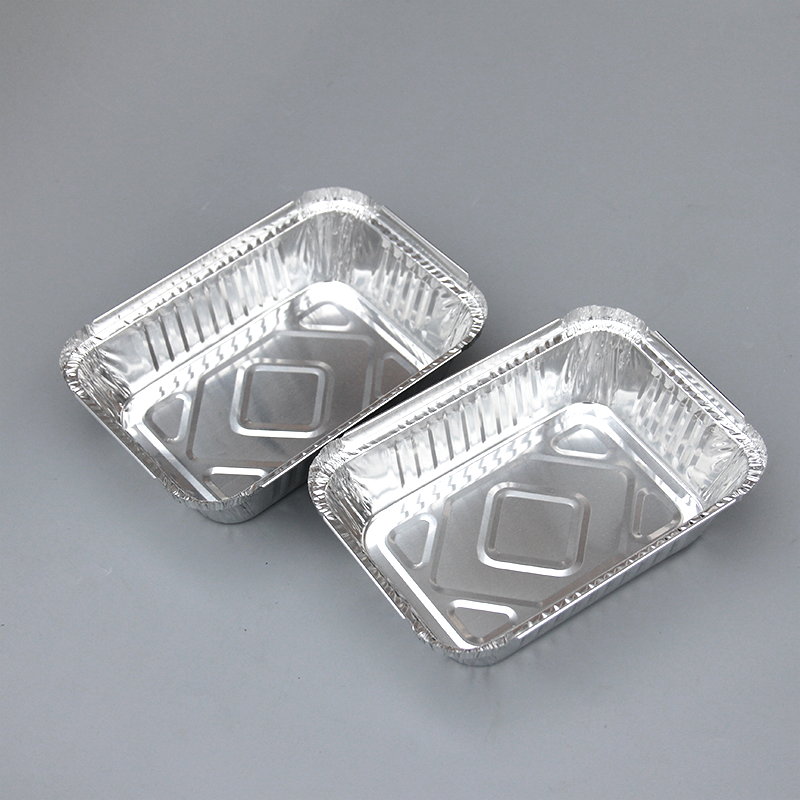
2. Environmental impact of waste treatment
The recycling advantages of aluminum foil are obvious:
Can be recycled for unlimited times, and the current recycling rate in China has reached more than 87%.
Only alumina is produced during incineration, without toxic gases
There are multiple problems with the disposal of plastic tableware:
China's takeaway plastic recycling rate is less than 10%
PVC incineration produces strong carcinogens such as dioxin
Plastic degradation in landfills takes more than 400 years and produces microplastic pollution.
Table: Comparison of pollution indicators for the whole life cycle of two tableware
|
index |
Aluminum foil tableware |
Plastic tableware |
|
Production carbon emissions (ton/ton) |
4-12 (native aluminum), recycled aluminum 0.6 |
3 |
|
Temperature resistance range (°C) |
-40~430 |
Usually <100 |
|
Recovery rate (%) |
>85(China) |
<15 (Chinese takeaway plastic) |
|
Degradation cycle |
100% recyclable |
More than 400 years |
3. Health risk comparison: from food safety to human hazards
Direct exposure risk
Aluminum foil as an inert material:
Surface antibacterial rate is 99.9% (titanium-containing products reach 99.99%)
Do not react chemically with food and keep the original taste
Plastic tableware has many health risks:
Microplastics have been proven to enter the human blood and placenta
The study found that people consume 16,300 microplastics per year through seafood
Endocrine interferons such as bisphenol A (BPA) may cause cancer and infertility
Risk amplification in special scenarios
High temperature scenarios such as air meals:
Aluminum foil lunch boxes have become the first choice for airlines and are resistant to aircraft heating systems
Plastic lunch boxes accelerate chemical release during repeated heating
Cold chain transportation scenarios:
Aluminum foil air conditioning packaging can extend the shelf life of pre-made vegetables to 7 days
PS plastics are easily brittle at low temperatures to produce microplastic fragments





 English
English 日本語
日本語 عربى
عربى Español
Español
